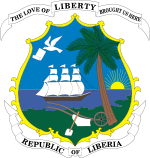Wind power is the use of air flow through wind turbines to mechanically power generators for electricity. The Winds are caused by the uneven heating of the atmosphere by the sun, the irregularities of the earth's surface, and rotation of the earth. Wind flow patterns are modified by the earth's terrain, bodies of water, and vegetative cover. This wind flow, or motion energy, when "harvested" by modern wind turbines, can be used to generate electricity.
Wind power, as an alternative to burning fossil fuels, is plentiful, renewable, widely distributed, clean, produces no greenhouse gas emissions during operation, consumes no water, and uses little land. The net effects on the environment are far less problematic than those of non-renewable power sources.
Wind farms consist of many individual wind turbines which are connected to the electric power transmission network. Onshore wind is an inexpensive source of electricity, competitive with or in many places cheaper than coal or gas plants. Offshore wind is steadier and stronger than on land, and offshore farms have less visual impact, but construction and maintenance costs are considerably higher. Small onshore wind farms can feed some energy into the grid or provide electricity to isolated off-grid locations.
People started using wind power centuries ago with windmills, which pumped water, ground grain and did other work. Today's wind turbine is a highly evolved version of a windmill. Modern wind turbines harness wind's kinetic energy and convert it into electricity. Most wind turbines have three blades and sit atop a steel tubular tower, and they range in size from 80-foot-tall turbines that can power a single home to utility-scale turbines that power hundreds of homes.
Wind is a type of renewable energy, and there are three major types of wind power namely:
- Utility-scale wind, wind turbines larger than 100 kilowatts that are developed with electricity delivered to the power grid and distributed to the end user by electric utilities or power system operators;
- Distributed or "small" wind, which uses turbines of 100 kilowatts or smaller to directly power a home, farm or small business as its primary use;
- Offshore wind, which are wind turbines erected in bodies of water around the world, but not yet in the United States.
For more information use these links:
https://energypedia.info/wiki/Portal:Wind
https://en.wikipedia.org/wiki/Wind_power


